DT Swiss GR 1600 Gravel Wheel Review
DT Swiss has been a top player in hub technology for decades, and has significantly expanded their complete wheel offerings in the past ten years or so. We’ve taken a close look at some of their aerodynamic-focused products for road and tri, which they developed in partnership with the aero experts at Swiss Side. However, much of the Slowtwitch audience has ventured into the gravel scene, and we thought it pertinent to take a look at DT’s new offerings in gravel.
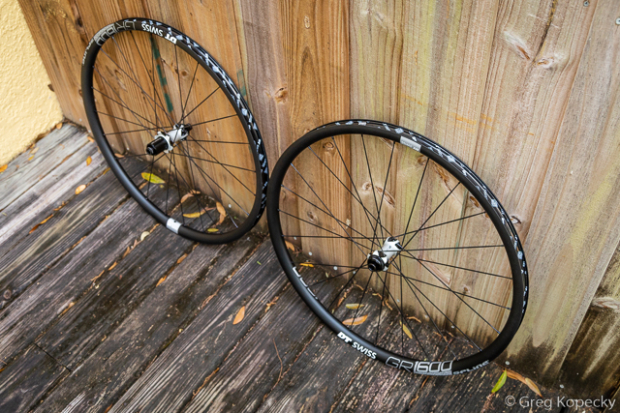
You might not know that DT has only been officially selling gravel products for about a year. Prior to this, they had many products that were “gravel appropriate”, but were originally conceived for road, cyclocross, or touring applications (I had a set of outstanding DT trekking rims about 15 years ago on my cyclocross bike… which would be well suited to today’s gravel events). In 2019, DT began producing the GR line of wheels made specifically for the demands of gravel, including options in the revived 650b diameter.
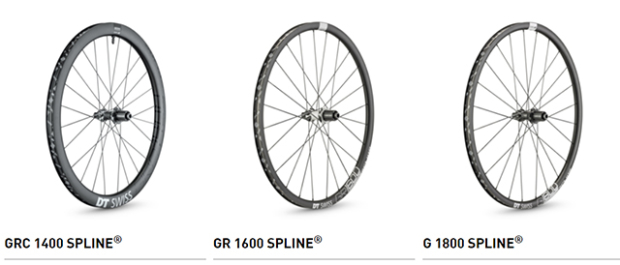
There are multiple levels in the GR line. The G 1800 Spline 25 is the entry level, at $483 per set. These use a sleeved aluminum rim, paired with a pawled hub design (i.e. a hub that doesn’t use DT’s renowned star ratchet system). Expect to see them as common OEM spec on mid-level bikes. The top-end of the gravel range is the GRC 1400 Spline 42, which comes in at $2,436 per set. They use an aerodynamic rim developed with Swiss Side, along with 240s hubs.
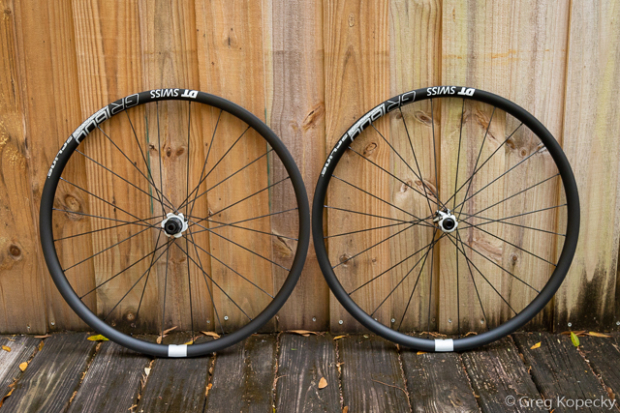
Our subject for today splits the difference in price between the two wheels mentioned above. The GR 1600 Spline 25 hits a sweet spot at $695 per pair, using a welded aluminum rim, and DT’s 350 hubs. As a consumer, this is the exact type of wheel I target. It has DT’s star ratchet internals, in a less-costly package. It has very wide-and-stout rims, in a lightweight 1,727-gram package. Call it the 105 or Ultegra-level wheel that has legitimate quality and performance – but that won’t make you cry if you damage them in a crash. They’re targeted at a similar audience as the Hed Eroica GP wheels, which we recently reviewed. The rims from both wheels have similar dimensions. The DTs cost about $100 less than the Heds, while the Heds weigh about 100 grams less than the DTs.
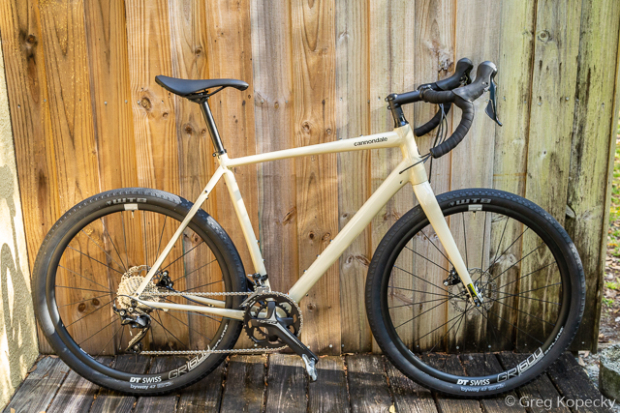
I strapped these wheels up to a Cannondale Topstone Alloy with Shimano 105 build kit. It’s a relatively no-nonsense affair, with no suspension to maintain or other complicated trickery (which is right up my alley).
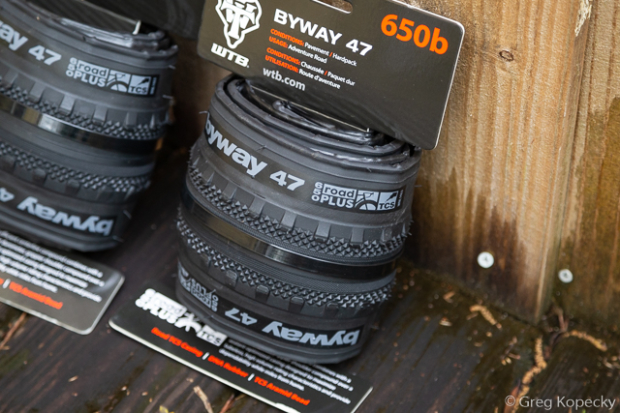
The Topstone comes with 700c wheels, but Cannondale allows for the use of 650b wheels – at a maximum tire width of 47mm. That’s a popular 650b size, and I mounted up a set of WTB Byway tires. I really like this style of tire, combining a smooth center with shoulder knobs for cornering grip on loose surfaces. Will it grip like a knobby mountain bike tire? No. But, it will also roll much faster on smooth surfaces. My local terrain includes a lot of pavement, with opportunities for light dirt paths, grass, and some sandy sections – so this was an ideal tire choice.
Both the wheels and tires in this review are tubeless-ready, and the video above shows a quick look at the setup process. Tubeless wheels and tires rely on a precise fit for proper inflation to take place, so I’m always curious to check this out. The GR 1600’s and WTB Byway tires played nicely together, with a snug (but not impossible) fit, and easy inflation with a floor pump.
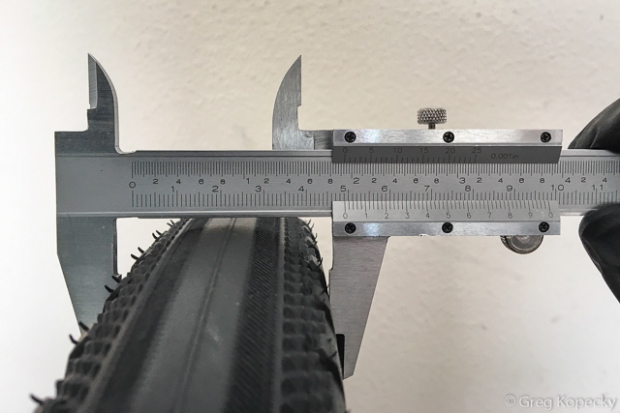
The tire size inflated to 49.1mm, which is slightly bigger than the quoted 47mm size.
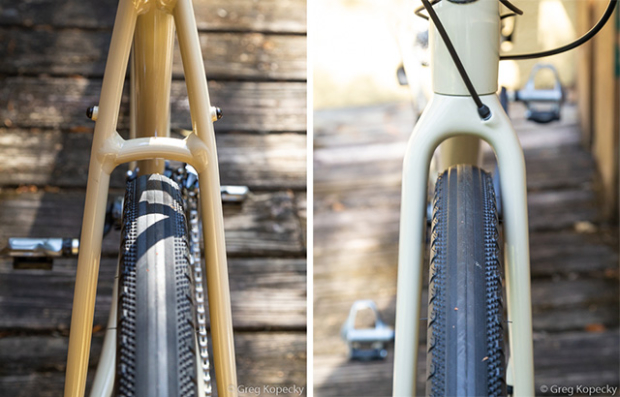
Thankfully, the frame had ample clearance both front and rear.
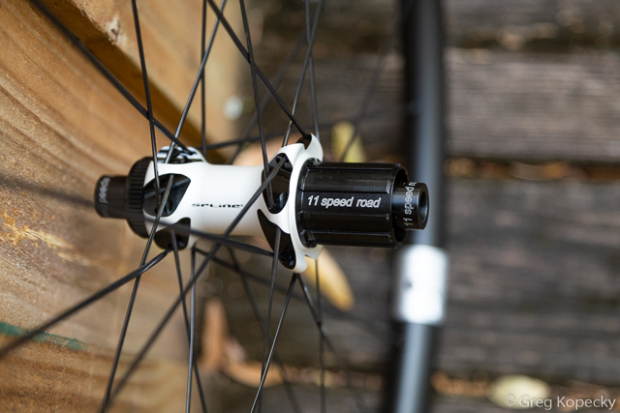
The rest of the setup was business-as-usual. The Topstone came with a Shimano 11-speed cassette, which easily fit onto the Shimano-compatible freehub of the GR 1600. An XDR option will take care of those on SRAM XDR cassettes.
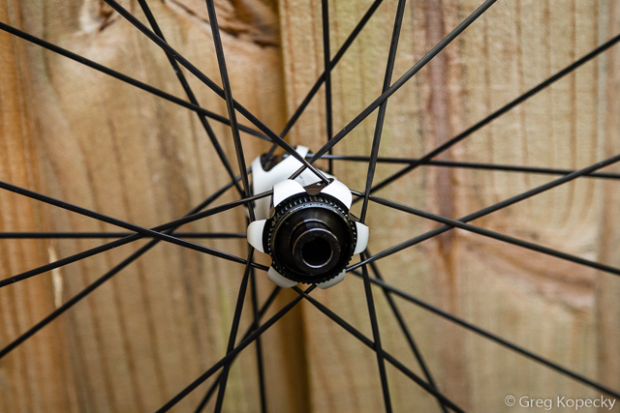
The hubs use Shimano’s Center Lock mounting standard, which has become dominant over the past several years. I find it much easier to live with than 6-bolt rotors.
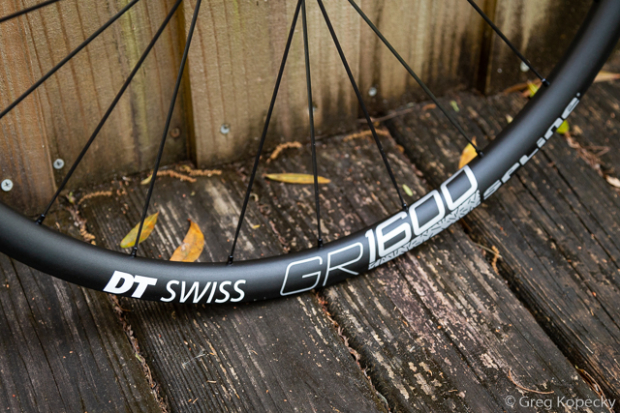
The rims have a depth of 25mm, an outside width of 28mm, and an inner width of 24mm. This puts them in the “wide-but-not-crazy-wide” category, which has quickly become the norm. 24 spokes front and rear should be appropriate for most riders in most situations.
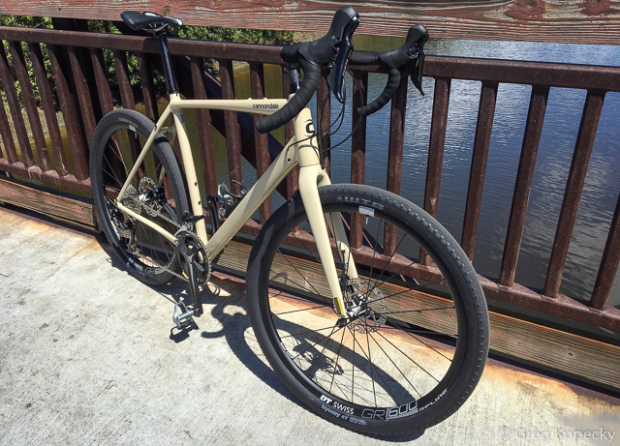
Out on the road and trail, the GR 1600s did their job quickly, quietly, and efficiently – with nary a complaint. Reviews can be difficult when nothing remarkably good or bad happens, and the product just does its job. The wheels were sufficiently stiff (but not too stiff), stayed true, and ultimately let me forget about them.
I maintain that 650b wheels are great for loose surfaces, creating a wide tire footprint, while keeping overall diameter in-check. However, they always feel slower on smooth pavement than a 700c wheel with a narrower tire (i.e. 700×35 – 700×38)… and my stopwatch consistently confirms this. If you want to maximize the performance of your 650b’s, I highly recommend setting them up tubeless as I did (which reduces rolling resistance compared to using a butyl inner tube).
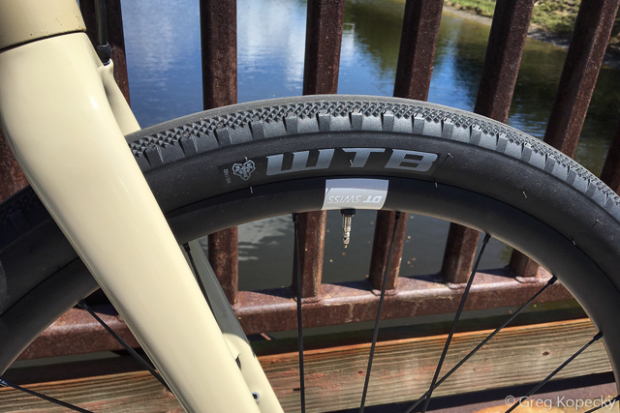
That’s not to say that 650b isn’t fun, or doesn’t have a place. I really enjoy 650b for loose and sandy surfaces, where the extra tire volume helps you to float on top and maintain grip while cornering. Some also suggest that the tire also gives you a measure of suspension – which is true. However, I find that if the trails are so rough that I “need” 650b tires for shock absorption, I’m probably better off on a mountain bike. DT Swiss does also make the GR 1600 in a 700c version, with the same rim depth and width as the 650b’s.
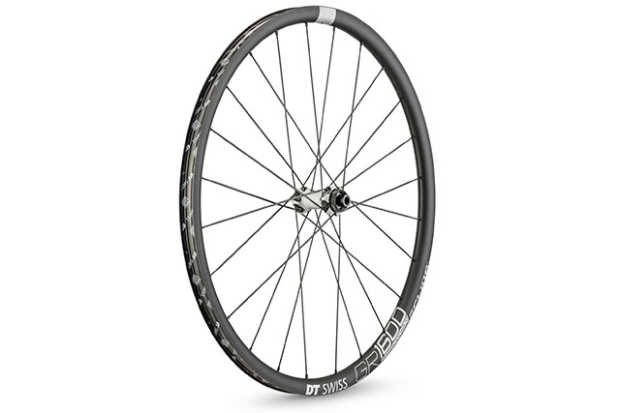
Gravel is here to stay, and we’ll continue to see more gravel-specific products like this. Are they really that much different than their road and mountain counterparts? Not really – and they often borrow sub-components from those products. However, OEMs and new consumers need a ready-made product that they can understand, that fits their bike, and uses the brake and axle standards with which their bike is equipped. It’s encouraging to see the industry “settle” on 12mm thru axles – at least for the time being. Too many options breed confusion, which kills a quick sale. DT’s gravel line is simple and clean, and I think we’ll see more manufacturers follow suit.
Learn more at DTswiss.com.



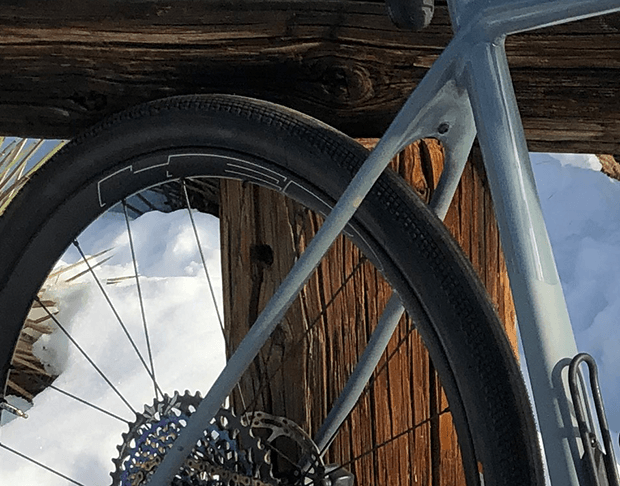

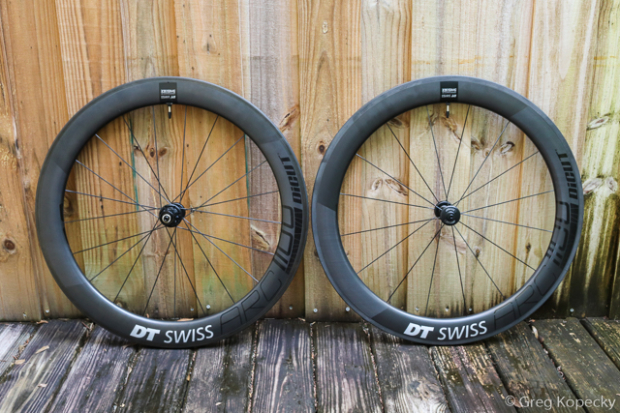

Start the discussion at forum.slowtwitch.com